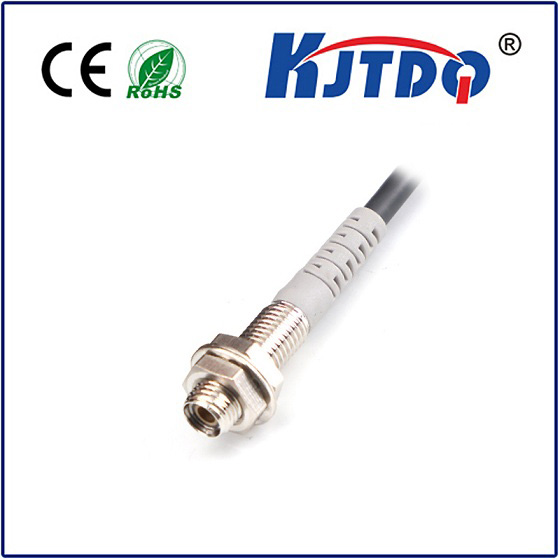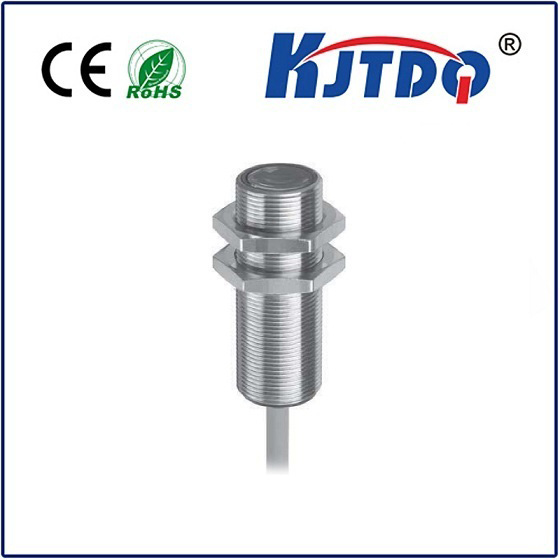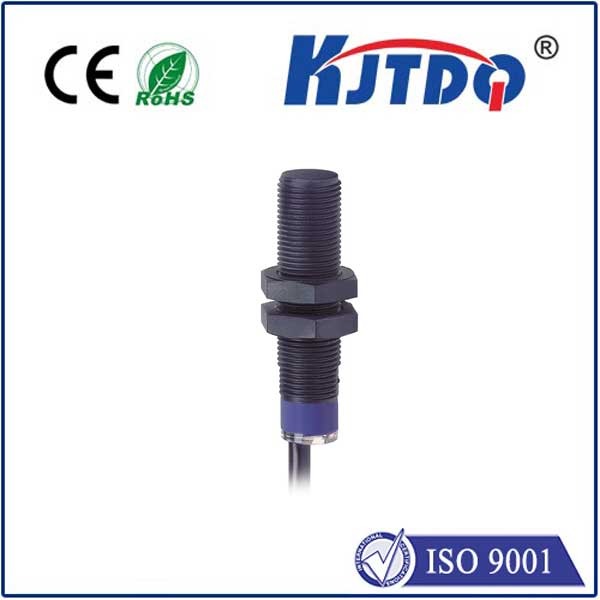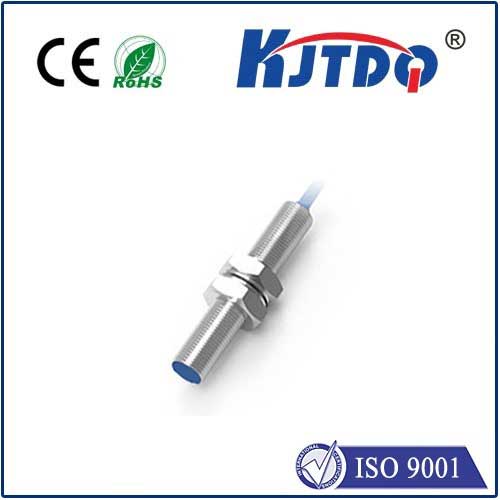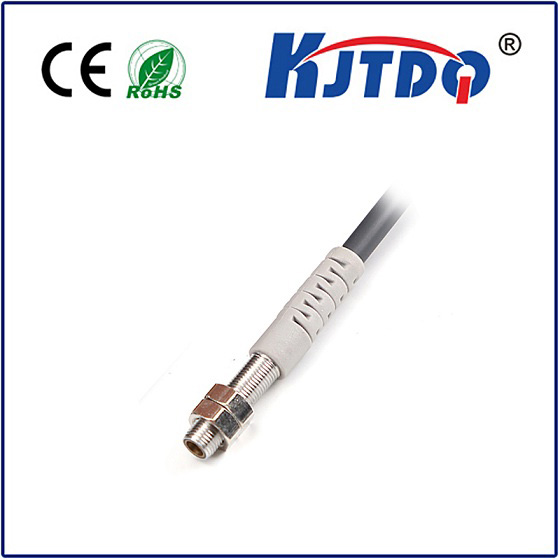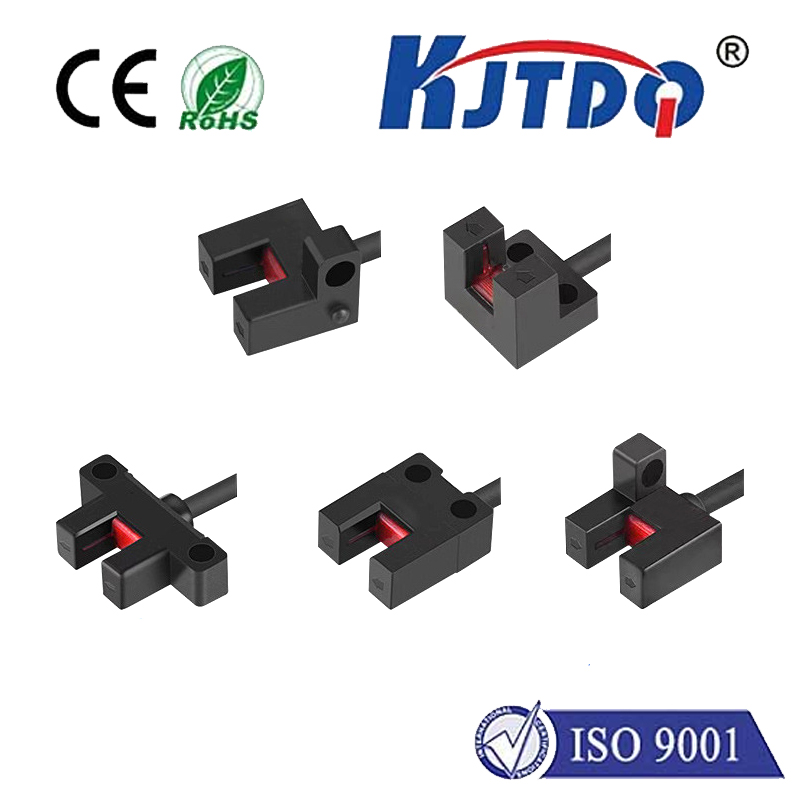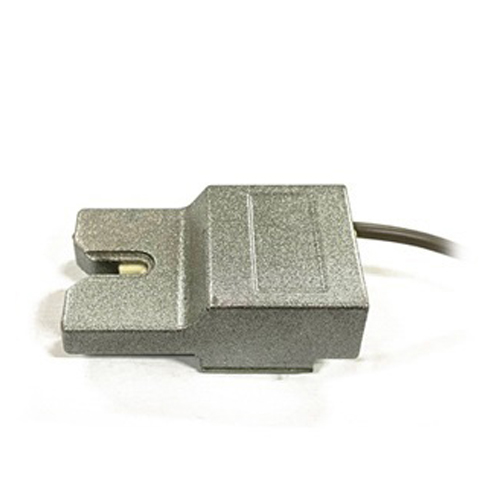

check

check

check

check

check

check

check

check

check

check
Snap Limit Switch: An Essential Component in Industrial Automation
The snap limit switch is a crucial component in industrial automation systems. It is a device that detects the position of a machine or equipment and sends signals to control systems. The snap action mechanism of this switch ensures accurate and reliable performance, making it an essential tool in various industries.
One of the main advantages of the snap limit switch is its ability to provide precise positioning. This is particularly important in applications where accuracy is critical, such as robotics, conveyor systems, and packaging machines. The snap action mechanism allows for quick and accurate switching, reducing the risk of errors and improving overall system efficiency.

Another benefit of the snap limit switch is its durability and reliability. These switches are designed to withstand harsh environments and heavy usage, making them ideal for industrial settings. They are also resistant to vibration and shock, ensuring consistent performance even under challenging conditions.
In addition to their precision and durability, snap limit switches offer a wide range of customization options. They come in various sizes, shapes, and configurations to meet the specific needs of different applications. This flexibility allows engineers and designers to integrate these switches into their systems seamlessly, enhancing functionality and efficiency.
Furthermore, snap limit switches are easy to install and maintain. They require minimal wiring and can be mounted in various ways, depending on the application. This simplicity reduces installation time and costs while increasing system uptime and productivity.
However, like any technology, snap limit switches have their limitations. They may not be suitable for high-speed applications or those requiring extremely fast response times. Additionally, they may be affected by environmental factors such as temperature fluctuations or electromagnetic interference.
To overcome these challenges, manufacturers continue to develop innovative solutions. For example, some snap limit switches now feature built-in diagnostic capabilities, allowing users to monitor their performance and detect potential issues before they become major problems. Others incorporate advanced materials and coatings to improve resistance to environmental factors.
In conclusion, the snap limit switch is a vital component in industrial automation systems due to its precision, durability, and customization options. By leveraging its strengths and addressing its limitations through ongoing innovation, manufacturers can ensure that snap limit switches remain an essential tool in modern industry for years to come.
